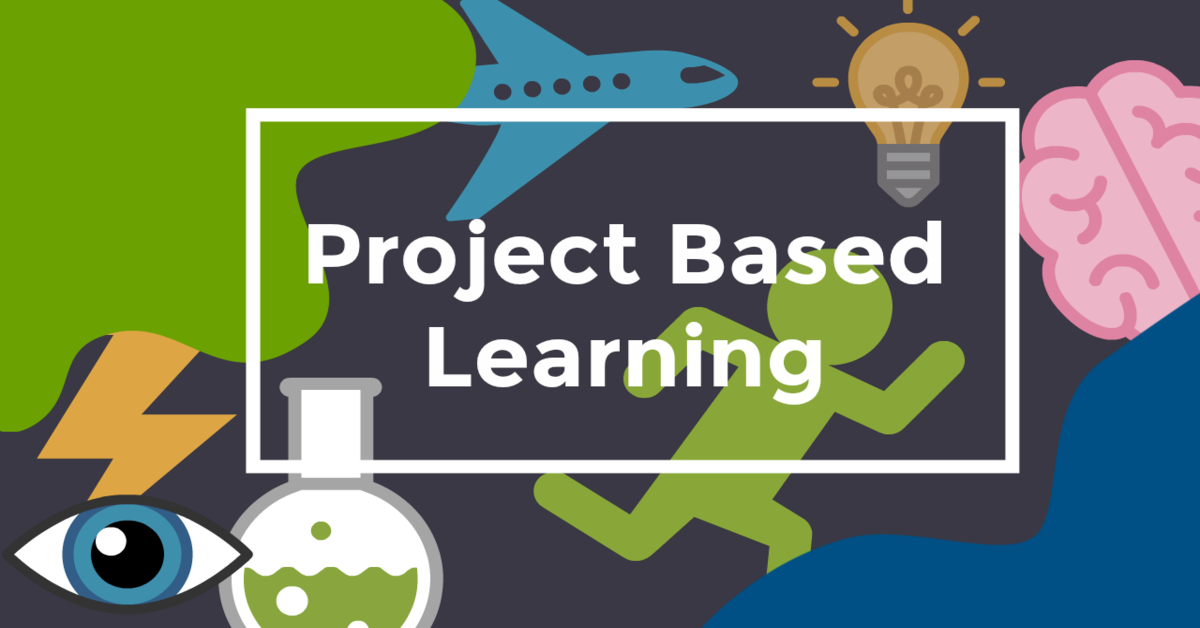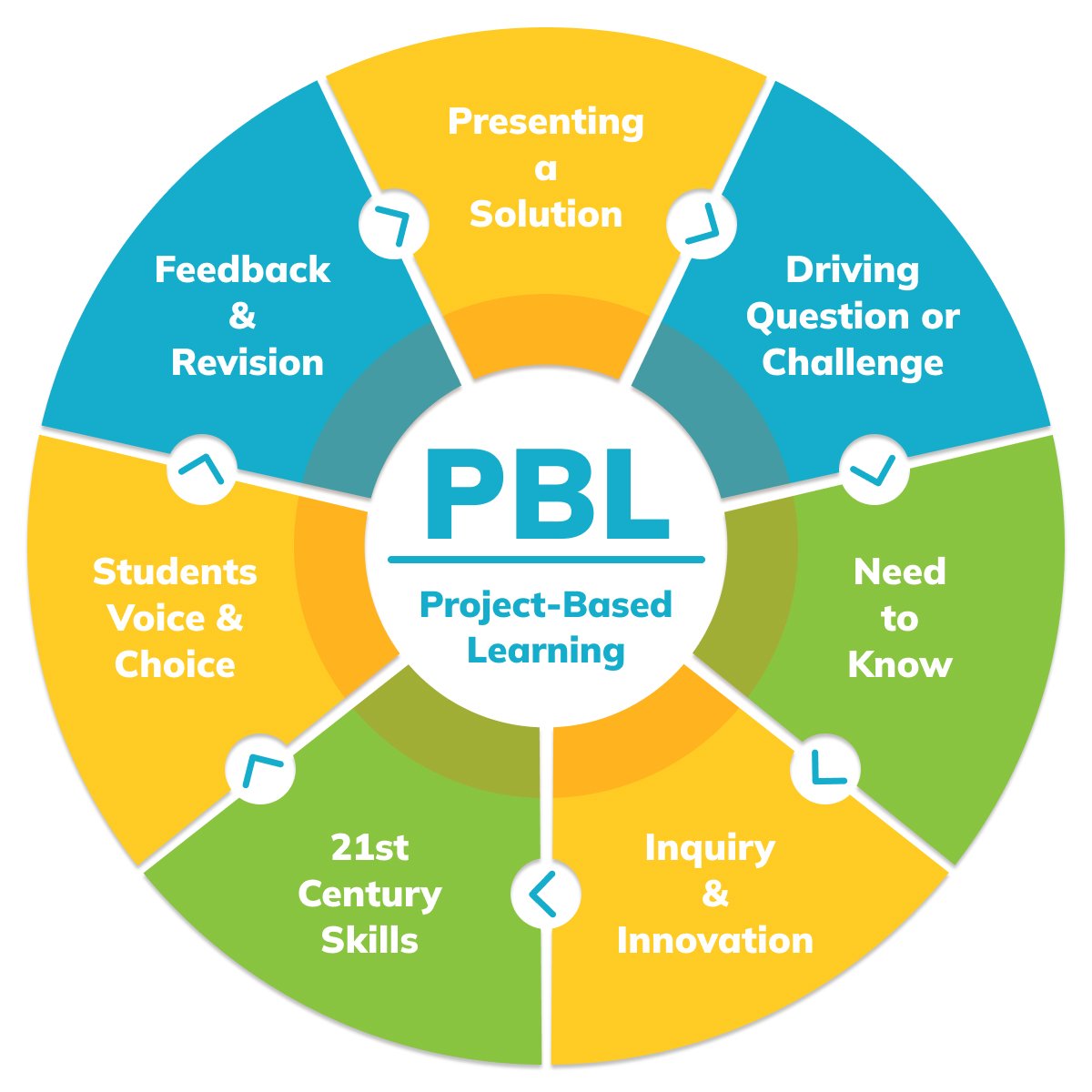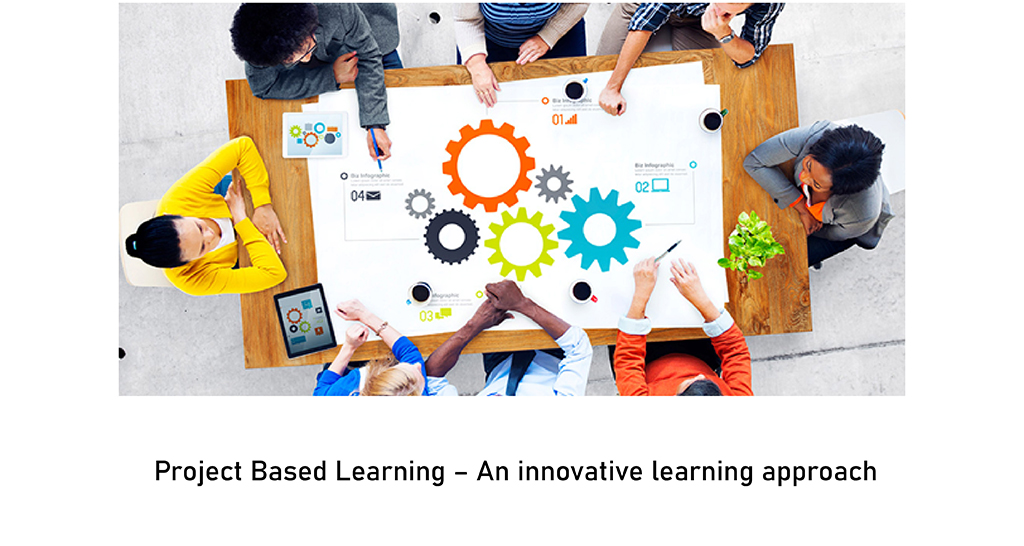
Project based learning provides more than academic knowledge
Education is about more than just memorizing facts and figures. It’s about equipping students with the tools they need to think critically, solve problems, and thrive in a rapidly changing world. Project based learning provides students as a revolutionary approach that transcends traditional methods, offering a dynamic learning experience that extends far beyond the confines of textbooks.

Project based learning provides more than academic knowledge
Project-based learning (PBL) is a dynamic teaching approach that centers around projects as the vehicle for student learning. Instead of passively receiving information, students delve into real-world problems or challenges and actively construct their understanding through hands-on experiences.
Here are some key benefits that project based learning provides:
Deeper understanding: PBL encourages students to go beyond memorization and develop a comprehensive grasp of concepts. By applying their knowledge to solve problems, they solidify their learning and make meaningful connections between different subjects.
21st-century skills: PBL fosters the development of essential life skills like critical thinking, problem-solving, collaboration, communication, and creativity. Students learn to work effectively in teams, research information, manage their time, and present their findings – all valuable assets in today’s world.
Increased engagement: PBL makes learning more engaging and relevant for students. They become active participants in their own education, following their curiosity and exploring topics that interest them.
Real-world application: PBL connects classroom learning to real-world scenarios. Students grapple with authentic problems, preparing them to think critically and solve challenges they might encounter beyond the classroom.
Empowerment and ownership: PBL empowers students to take ownership of their learning. They have a say in choosing project topics, researching solutions, and presenting their findings. This fosters a sense of agency and responsibility for their educational journey.
If you’re looking for a way to make learning more engaging, effective, and relevant for students, project based learning provides a compelling approach. Project based learning provides students with not only academic knowledge but also the critical thinking and problem-solving skills they need to thrive in the 21st century.
Types of Project based learning provides

Project based learning provides a variety of approaches to engage students and make learning more dynamic. Here’s a breakdown of some common types of PBL:
Challenge-Based Learning/Problem-Based Learning:
- Focus: Presents students with a real-world problem or challenge that needs solving.
- Process: Students research, analyze the problem, brainstorm solutions, develop a plan, and implement their chosen solution.
- Example: A science class might be challenged with designing a water filtration system for a community in need.
Place-Based Education:
- Focus: Utilizes the local community and its unique features as a springboard for learning across various subjects.
- Process: Students explore historical sites, environmental features, cultural landmarks, or businesses in their local area. They gather data, analyze it, and develop projects that address local issues or showcase the community’s heritage.
- Example: A social studies class might partner with local historical societies to research and present the stories of significant local figures.
Activity-Based Learning:
- Focus: Emphasizes hands-on activities as a way to learn and reinforce concepts.
- Process: Students engage in activities like building models, conducting experiments, creating simulations, or role-playing scenarios.
- Example: A math class might build bridges out of different materials to explore concepts of weight distribution and force.
Gamified PBL:
- Focus: Integrates game mechanics like points, levels, challenges, and rewards into project-based learning.
- Process: Students work collaboratively to achieve goals within a game-like framework, applying their knowledge and skills to progress through the game.
- Example: A language class might create a game where students learn vocabulary and grammar by completing quests or challenges in a virtual world.
Scenario-Based PBL:
- Focus: Presents students with a fictional scenario that requires them to apply their knowledge and skills.
- Process: Students analyze the scenario, research relevant information, develop solutions, and present their findings. The scenario can be historical, futuristic, or based on a literary work.
- Example: A history class might explore a fictional scenario where they act as advisors to a historical figure, researching the context and proposing solutions to real-life challenges.
Student-Centered PBL:
- Focus: Empowers students to take ownership of their learning by giving them more choice in project topics and approaches.
- Process: Students have a significant role in selecting project topics, researching information, and developing solutions based on their interests and learning styles.
- Example: A literature class might choose a theme or genre they find interesting and create multimedia presentations, write fan fiction, or stage dramatic interpretations of literary works.
These are just a few examples, and PBL projects can be adapted and combined to fit specific learning objectives and student needs. The key element remains – providing students with engaging projects that allow them to delve deeper into subjects, develop critical skills, and make meaningful connections to the real world.
Tips to apply Project based learning provides

Here are some tips to help you apply project-based learning (PBL) effectively in your classroom:
Planning and Preparation:
- Define clear learning objectives: What knowledge, skills, and understanding do you want students to gain from the project? Ensure the project aligns with your curriculum and learning goals.
- Choose the right project type: Consider the age and interests of your students, the subject matter, and available resources when selecting a project type (e.g., challenge-based, scenario-based, etc.).
- Gather resources: Make sure students have access to necessary materials, technology, and information sources to complete the project successfully.
Project Design:
- Engage students in the process: Involve students in the planning stages whenever possible. Allow them to choose project topics within a certain framework or give them some flexibility in how they approach the project.
- Provide clear guidelines and expectations: Establish clear parameters for the project, including deadlines, deliverables, rubrics for assessment, and expectations for collaboration and communication.
- Scaffolding and support: Offer guidance and support throughout the project. This could involve providing research resources, brainstorming sessions, mini-lessons on relevant skills, or individual feedback.
Implementation:
- Facilitate collaboration: Encourage teamwork and collaboration among students. Provide opportunities for them to discuss ideas, share resources, and learn from each other.
- Promote student ownership: Empower students to take ownership of their learning and project development. Provide opportunities for them to make decisions, solve problems, and manage their time effectively.
- Assessment and reflection: Incorporate formative and summative assessments throughout the project. Use rubrics aligned with your learning objectives, and encourage students to reflect on their learning process and the final product.
See also:
